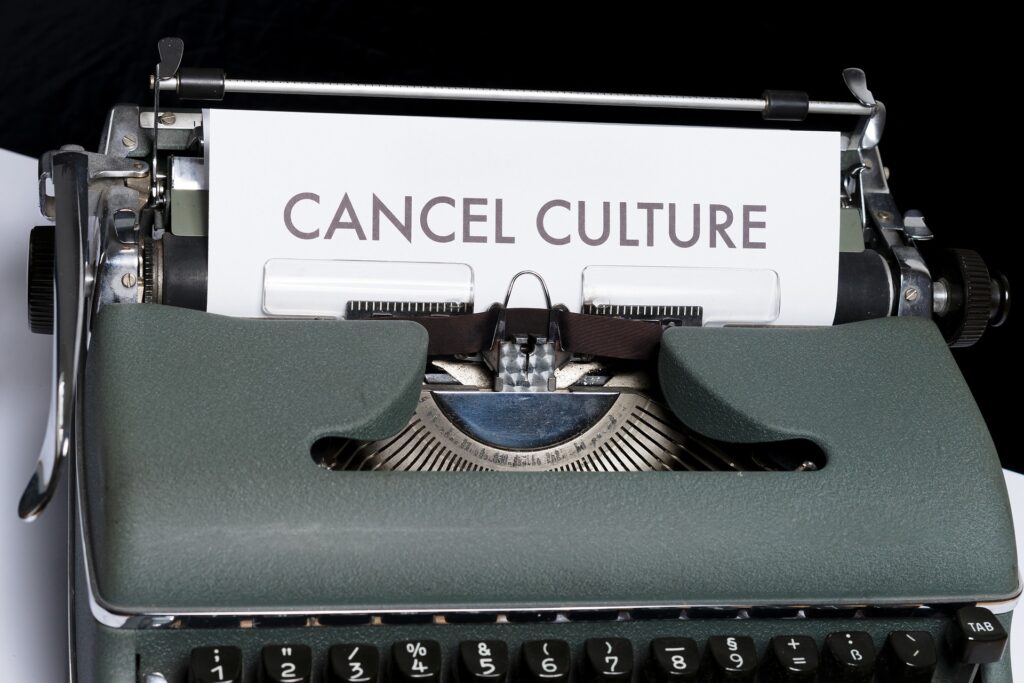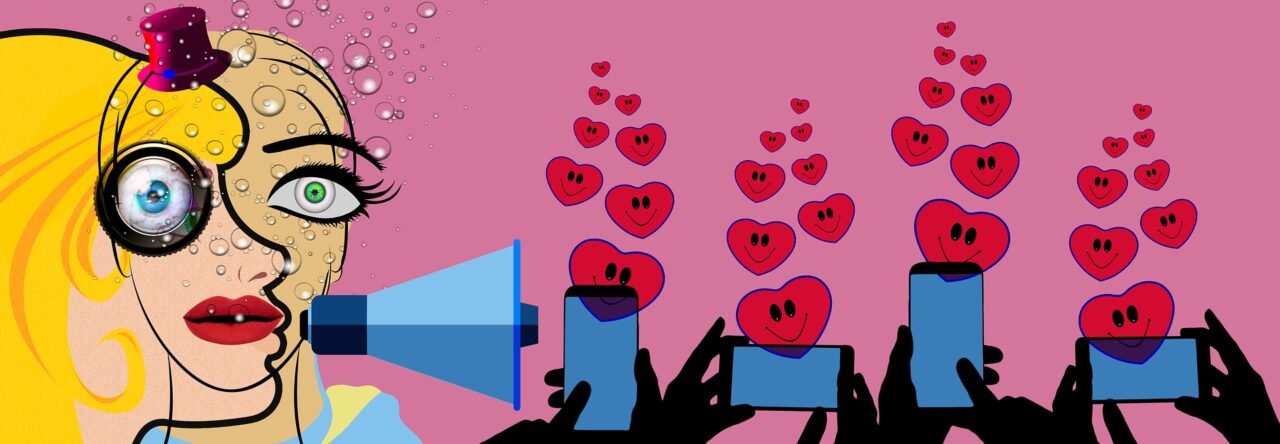As its use has increased, social media has become one of the main spaces that adolescents and young adults find their information, or look for the latest drama and news going on in the world. For adolescents, it is a primary space that people look for crisis and cancel culture coverage today (Lucinda, Liu and Jin 2012). The phenomenon of cancel culture primarily targets public figures to show intolerance towards something that the figure has done. Velasco (2020), looked into the deeper meaning of cancel culture, why it happens in our society, and whether it is the best way to go about signifying intolerance. It has become a popular way to shame individuals online, and many social media users seem to be okay with it. Cancel culture is also used as a way to bring social awareness among the public for disgraceful actions, to make not only the individual that did it aware of the public disapproval, but also others so that they know not to do something similar in the future (Velasco 2020; Verga, Irene, and Parani 2021). Public figures are the ones that are most often targeted because fans watch their every move online and can become obsessed with their lives. Verga, Irene and Parani (2021) concluded that cancel culture can therefore bring social awareness and social control over content creators.There are, however, many other ways public figures can be held accountable for their actions, and can make social media a more empowering venu, rather than a harmful one. There are countless positions that people hold with which others will not agree, and the deeper exploration of those different sides can help transform cancel culture into something more empowering, rather than something hateful (Ng 2020).

When individuals are “canceled” online due to a problematic event of behavior, they may seek to make amends via an official online apology. Public apologies are not just a way to ask for forgiveness, they are a way to understand and take responsibility for one’s actions, and to learn from them for the future (Kadar, Ning, and Ran 2018). Apologizing to the public is a primary mechanism for regaining respect back from peers and followers. These apologies can happen anywhere, whether that is in-person, via traditional media or online. public figures post apology videos via social media that are up for view by anyone, to take responsibility for their mistakes. Manika, Papagiannidis, and Bourlakis (2015), looked at corporate apology videos from CEO’s on YouTube and found an increased satisfaction with the company after the issue was addressed. Many of the individuals that view these videos are already familiar with the company itself (2015). Influencers fans and followers are constantly keeping up to date on their content, ensuring that they do not miss any of these scandals.
